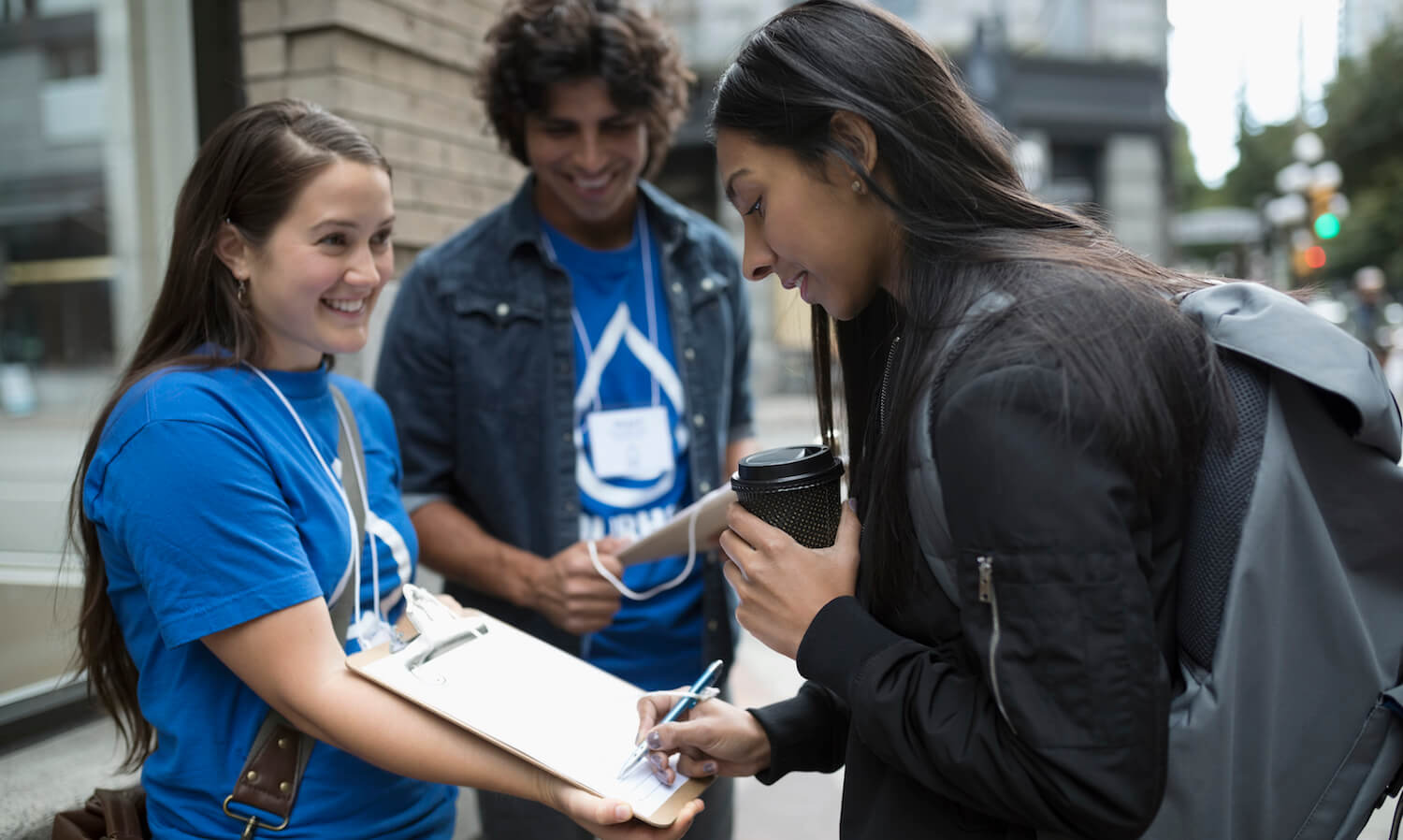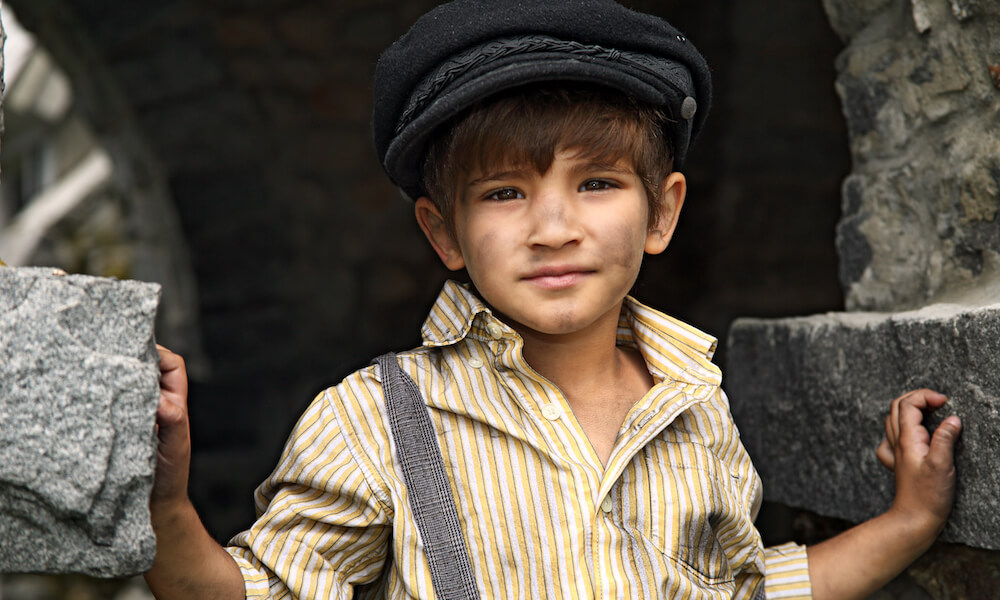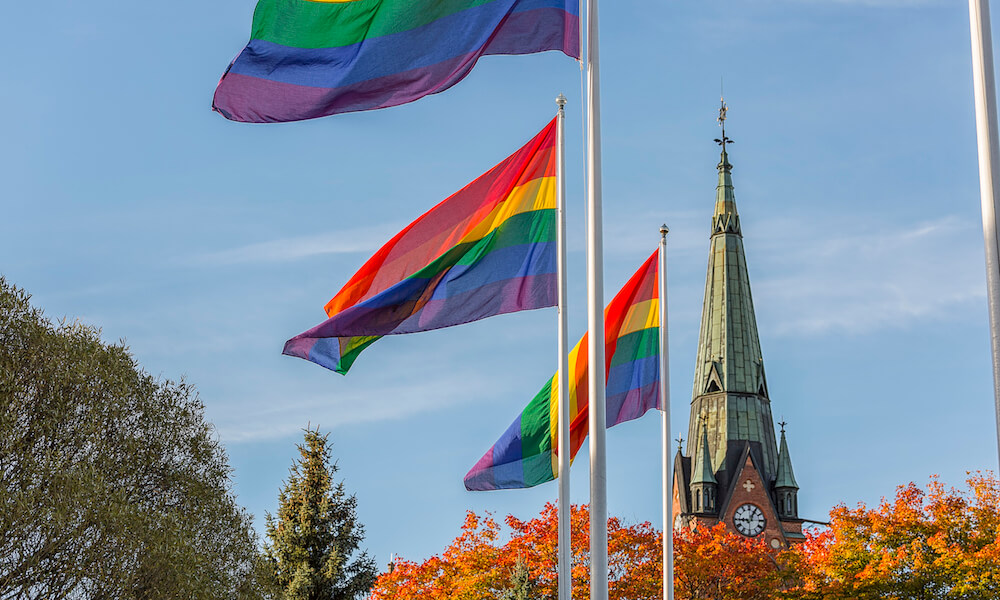Here’s How Streaming Music is Killing the Planet
Source: Futurism
With the rise of music streaming, the music industry now produces less plastic waste than before. However, streaming music has its unintended consequences.

With the rise of music streaming, the music industry now produces less plastic waste than before. However, streaming music has its unintended consequences.

Ralph Waldo Emerson was a man of many talents. Read some of his most famous quotes and see their modern day translations.

Young people have the ability to change the world in large and small ways. Read the article to learn how you can change the world too.

Humans currently have their eyes set on colonizing Mars in the near future. Read on to learn how Venus may be a better option.

Tongues can smell, sight can make us hear what isn’t there, and color can influence taste?! Read the article to learn more about how our five senses can be influenced by outside sources.

At “Poverty Parties” during the Gilded Age, the rich would transform from riches to rags to “free” themselves from the constraints of society. Read more about the insensitive parties that took place at a time of significant income disparity.

The struggle for Gay rights took many forms in the late 1900s, though their goals were the same: equality and acceptance. Look at photos of some of the first Pride parades and learn the history of how modern Pride celebrations came to be.

Western Carolina University is preserving the Cherokee language, which will help preserve the culture. Learn why this decision matters so much to the Cherokee people.

Psychologist Thomas Suddendorf argues the importance of identifying the similarities and differences between humans and other animals.

Situations today may not be as dramatic as that in Romeo & Juliet, but it does still happen that parents oppose their children’s choice of partners.